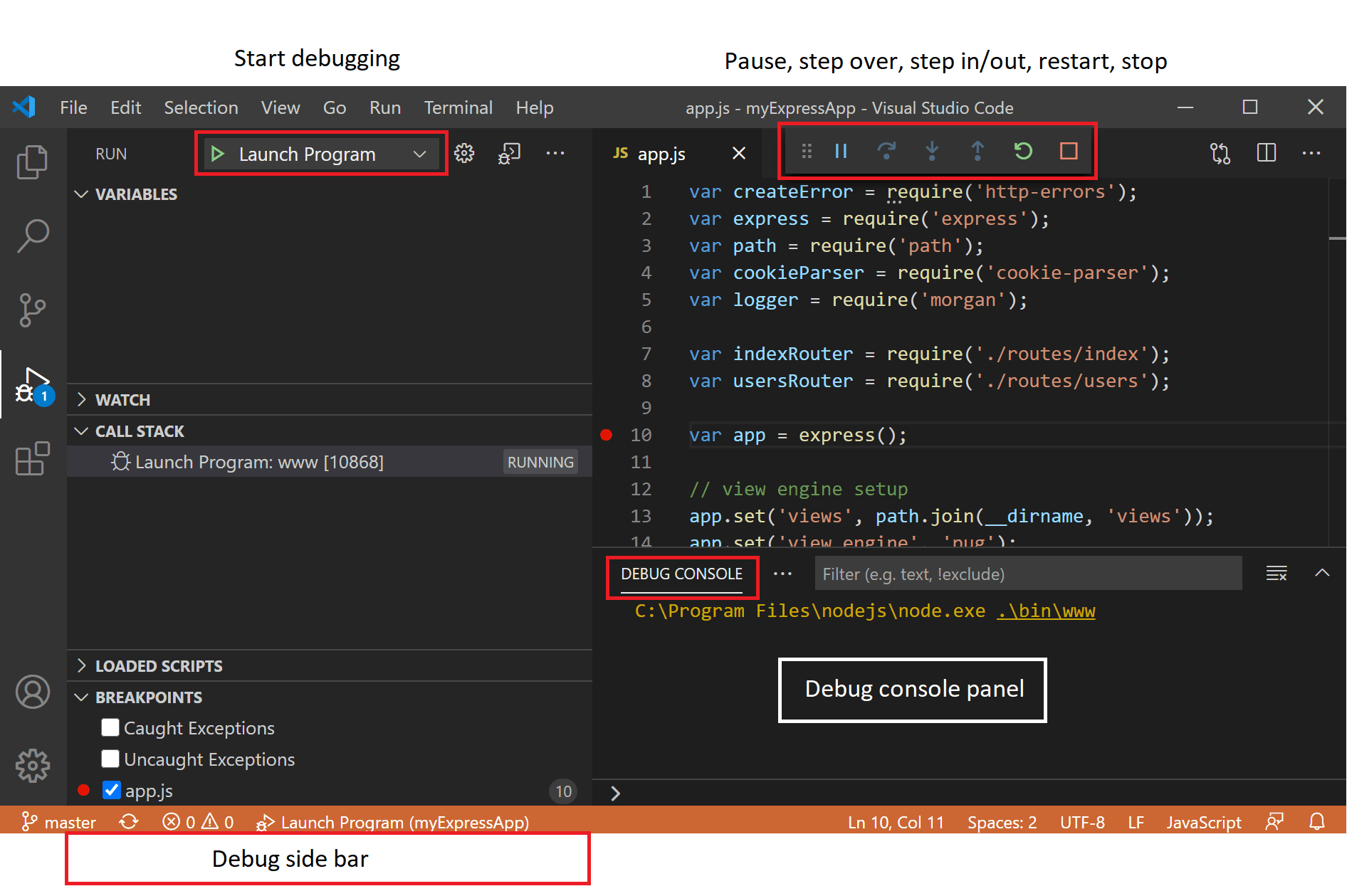Anypoint Code Builder is MuleSoft's attempt to fix the nightmare that is Anypoint Studio. If you've ever suffered through Studio's Eclipse-based hell - watching it take forever to load, crash randomly, and eat your RAM - you'll understand why this exists. Built on VS Code instead of Eclipse, so it actually starts up in reasonable time and has a UI that doesn't look like it's from 2005.
The migration from Eclipse IDE to VS Code represents a fundamental shift in developer experience - from the heavyweight Eclipse Platform to Microsoft's lightweight, extensible editor.

Two Ways to Escape Studio Hell
You get two options, both infinitely better than Studio:
- Desktop IDE: Install the Anypoint Extension Pack in your existing VS Code. Works on Windows 11, Windows 10, and macOS (both Intel and ARM architectures). Takes 30 seconds to install, not 30 minutes like Studio.
- Cloud IDE: Browser-based, so you can code from anywhere without installing anything. Access through Anypoint Platform. Still in beta, so expect some quirks.
Both IDEs leverage the same VS Code extension architecture and Language Server Protocol for consistent development experience.
Both work exactly the same - you can switch between them without losing your mind or your project files. Finally, some sanity in MuleSoft tooling.
What You Can Actually Build
API Design That Doesn't Suck
Design APIs using OpenAPI 3.1.0, RAML 1.0, or AsyncAPI 2.6.0. The editor leverages JSON Schema validation and YAML language server for real-time spec validation instead of failing at runtime. You can publish directly to Anypoint Exchange using the Exchange API without jumping through hoops.
Code Generation That Works
Import your API specs and APIkit generates the skeleton flows, error handlers, and routing. Not perfect, but way better than starting from scratch or copying XML from Stack Overflow.
Drag-and-Drop Integration (The Good Kind)

Use MuleSoft's 300+ connectors for Salesforce, SAP, AWS, and everything else your enterprise runs on. The visual canvas is actually usable - you can drag components without the interface freezing up like Studio.
You still get access to the XML if you need to fix things the visual editor can't handle (and you will need to).
The AI Stuff (Mixed Results)
Einstein for Anypoint Code Builder is MuleSoft's attempt at AI-powered development. Results vary wildly:
- Flow Generation: Describe what you want in plain English and it generates Mule flows. Works for simple stuff like "connect Salesforce to a database." Gets confused on complex integrations and produces garbage you'll spend hours fixing.
- DataWeave AI: Helps with field mapping and transformations. Sometimes brilliant, sometimes creates DataWeave that looks right but fails in production. Always double-check the output.
- API Design: Can generate specs from descriptions. Decent for getting started, but you'll need to clean up the mess manually.
The AI is cool when it works, but don't rely on it for anything critical. It's more like having a junior developer who's really fast but needs constant supervision.
Enterprise Features (The Important Stuff)

This isn't just a code editor - it's built for enterprise integration hell:
- AsyncAPI Support: Build event-driven architectures that actually work in production
- API Governance: Built-in validation rules that catch problems before they hit prod (mostly)
- Secrets Management: Handle enterprise credentials without hardcoding passwords like an amateur
- Testing with MUnit: Write unit tests that actually test your integration logic
- Deploy to CloudHub: Push to production without manual XML copying
Integrates with the full Anypoint Platform for monitoring, analytics, and the usual enterprise oversight your security team demands.
So how does this stack up against the competition? Code Builder doesn't exist in a vacuum - you've got choices, and they all suck in different ways.





